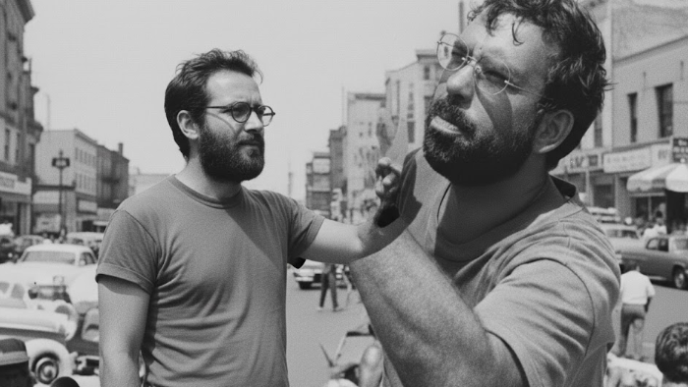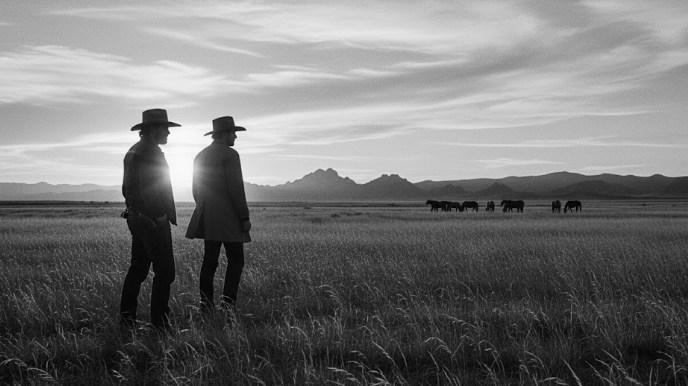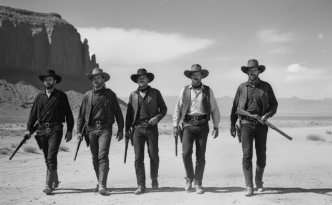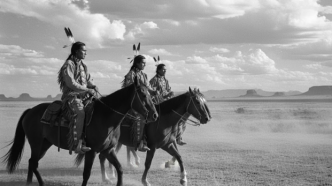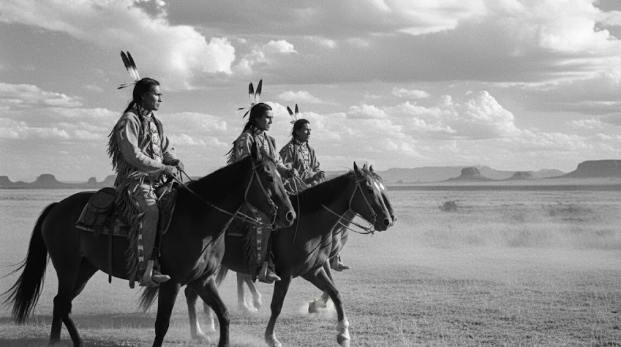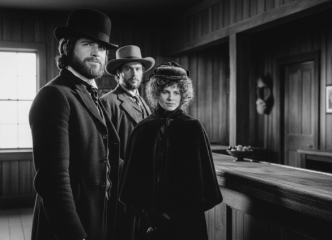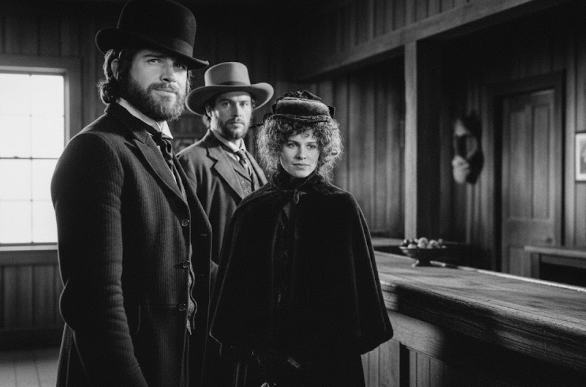Martin Scorsese’s Taxi Driver (1976) is a cinematic fever dream, a harrowing descent into the mind of a man detached from the world around him. Released in the wake of the Vietnam War and the Watergate scandal, the film is a quintessential work of the New Hollywood era, capturing the profound disillusionment and moral ambiguity of 1970s America.
The film follows Travis Bickle (Robert De Niro), a lonely and mentally unstable Vietnam veteran who takes a job as a night-shift cab driver in New York City to cope with his chronic insomnia. Through his eyes, the city becomes an urban inferno, a landscape of “scum” and decay that mirrors his own psychological disintegration. Taxi Driver is a powerful and disturbing character study, a portrait of urban alienation so intense that it remains one of the most relevant and unsettling films in American cinema.
The City as an Inferno: A Portrait of Urban Decay
In Taxi Driver, New York City is not just a setting; it is a living, breathing character, and a malevolent one at that. Cinematographer Michael Chapman shoots the city as a neon-soaked hellscape, where the lurid lights of porn theaters and bars bleed onto rain-slicked streets. Travis’s taxi is a hermetically sealed bubble, a confessional booth on wheels that glides through a world of pimps, prostitutes, and criminals—a world he both loathes and is drawn to. His journal entries, which serve as the film’s narration, are a litany of disgust: “All the animals come out at night,” he writes, praying for a “real rain to come and wash all this scum off the streets.”
The film was shot during a period of profound crisis for New York, which was facing bankruptcy, rampant crime, and social decay. This historical context gives the film a documentary-like authenticity. The squalor and chaos on screen were real, providing the perfect backdrop for Travis’s growing alienation. He is a man adrift in a sea of people, surrounded by millions yet utterly alone, a feeling Scorsese masterfully conveys through shots of Travis lost in crowds, disconnected from the vibrant, chaotic life of the city.
The Psychology of an Anti-Hero: “Are You Talkin’ to Me?”
Travis Bickle is one of the most complex and disturbing anti-heroes in film history. A Vietnam veteran, he carries deep psychological wounds, symbolized by a prominent scar on his back. His insomnia, isolation, and inability to form meaningful connections are all symptoms of a profound post-traumatic stress disorder. He is a man of jarring contradictions: he decries the “filth” of the city while frequenting porn theaters; he puts women on a pedestal as angelic figures of purity, then becomes enraged when they fail to live up to his impossible standards.
His failed attempt to date Betsy (Cybill Shepherd), a campaign worker he idealizes, marks a turning point in his descent. When he takes her to a pornographic film, an act he sees as normal, her disgust and rejection shatter his fragile psyche, intensifying his isolation and misogynistic rage. Unable to connect with the world, he decides to impose his will upon it through violence. This culminates in the film’s most iconic scene, where Travis, armed with an arsenal of illegally purchased guns, confronts his own reflection in the mirror. “You talkin’ to me?” he asks, practicing the persona of a lone gunslinger, a warped version of the classic American hero. It is a chilling portrait of a man creating a new, violent identity to combat his own powerlessness.
The Glorification of Violence: A Controversial Legacy
The film’s climax is a bloody, nightmarish shootout in which Travis murders a pimp, Sport (Harvey Keitel), and his associates in a misguided attempt to “save” a 12-year-old prostitute named Iris (Jodie Foster). Scorsese originally filmed the sequence with such graphic realism that it earned an X rating, forcing him to desaturate the color of the blood to secure an R. The result is a sequence that feels both hyper-real and surreal, a descent into the hell of Travis’s mind.
The true controversy of Taxi Driver, however, lies in its ambiguous ending. Travis survives his rampage and is hailed by the media as a hero. He has achieved the connection and recognition he craved, not through normal human interaction, but through an act of extreme violence. This ending serves as a scathing critique of a society that glorifies violence, turning a disturbed vigilante into a celebrity. The film’s dark power was tragically affirmed in 1981, when John Hinckley Jr., who was obsessed with the film and with Jodie Foster, attempted to assassinate President Ronald Reagan in a twisted effort to gain her attention.
Conclusion: A Timeless Portrait of Alienation
Taxi Driver is a landmark of the New Hollywood movement, a director-driven, morally complex film that was impossible to make under the old Hays Code. It is a raw and unflinching look at the dark side of the American psyche, a study of loneliness and rage that feels more relevant today, in an age of internet-fueled radicalization and “incel” ideology, than it did in 1976. Martin Scorsese’s masterpiece is a difficult and disturbing film, but its power is undeniable. It remains a timeless cautionary tale about what happens when a lonely man, ignored by society, decides to stop talking to his reflection and start talking to the world with a gun.

Dario Loce is the founder and editor of Celebrimous. He is a lifelong film enthusiast and the author of several locally-published books on cinema history and analysis. His passion is deconstructing the “how” and “why” of filmmaking, from the director’s vision to the editor’s cut. When not lost in a classic film, he’s usually walking through the city, replaying scenes in his mind like unfinished stories.



